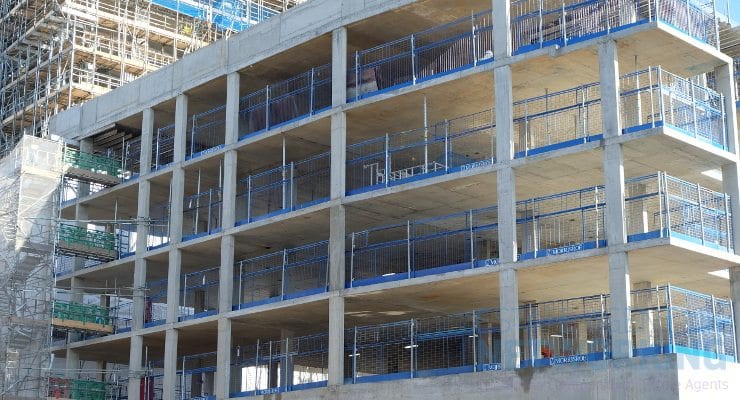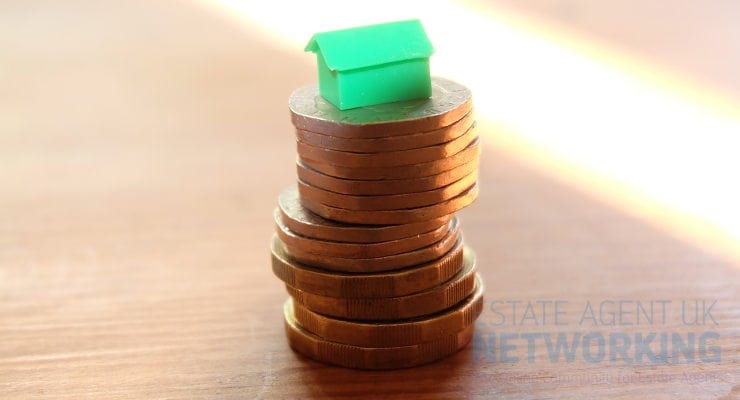3 Advantages of semi-commercial properties
Recent changes to tax regulations in the buy-to-let market have made it less profitable for landlords — which may dissuade potential investors concerned about their ROI.
Although the commercial rental property market in London is resisting Brexit nerves to remain strong, rents outside the high-end niche are getting smaller — meaning that a substantial outlay is required to gain a foothold.
Regional commercial properties in areas like Edinburgh can still be an attractive proposition, but market outlooks across the country vary widely.
But semi-commercial properties which contain mixed-use residential and commercial real estate units are worth your consideration for several reasons.
With that in mind, here are three advantages of semi-commercial properties.
Stamp duty
And additional three per cent stamp duty was levied on residential properties in 2016 and more taxes were applied in April this year, taking up a considerable chunk of a landlord’s return in the buy-to-let market.
But semi-commercial property landlords can avoid stamp duty increases.
Properties like pubs with attached accommodation and shops with flats are considered commercial properties and taxed at a lower rate accordingly.
The stamp duty payable on a semi-commercial property can actually be half of the amount that’s liable for a residential property — a saving not to be sniffed at.
Longer leases
It’s common for residential tenants to prefer the flexibility of a one-year lease and longer rental agreements are uncommon.
This means that if tenants choose to move on after a year, a lot of time and money has to be expended finding replacements.
But this isn’t the case with commercial property — commercial real estate tends to be leased for longer because it’s being used for a business which operators naturally hope will be sustainable in the long-term.
This is good news for landlords because it generates a steady and reliable income stream into the future and means they’ve plenty of time to secure new tenants when the lease eventually comes to a close.
Higher returns
Profitability is key in any property investment proposition and the potential returns from semi-commercial properties are impressive.
Mortgages for Business research proves that semi-commercial produced an average 7.6 per cent annual gross yield over the past six years, compared to six per cent for buy-to-let.
Commercial finance can be secured from specialist lenders, such as Go Commercial Finance — this is slightly more expensive than high street competitors but provides residential landlords with limited experience in the sector to migrate.
Lenders will also consider the stability of the business housed in the property while formulating a deal.
Consider these three advantages of semi-commercial properties and you could set yourself up for a secure future as a landlord.
Have you invested in semi-commercial property? Share your advice in the comments section.







